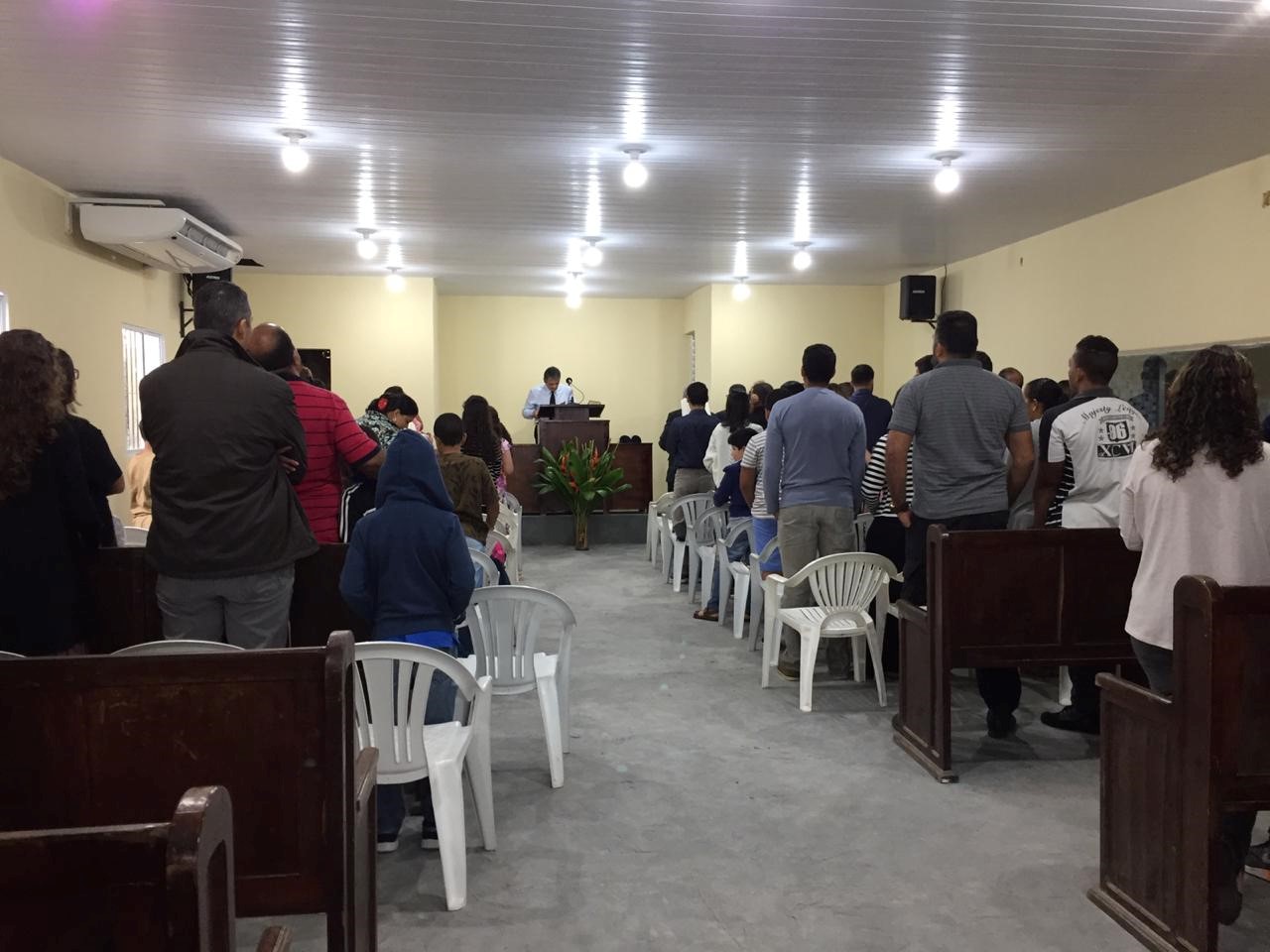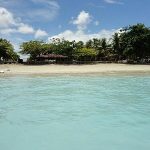[this page will be updated as soon as information is available]

[this page will be updated as soon as information is available]
Maragogi has a typical tropical climate, with warm to hot temperatures and high relative humidity all throughout the year. However, these conditions are relieved by a near absence of extreme temperatures and trade winds blowing from the ocean. January is the warmest month, with mean maxima of 31 °C and minima of 22 °C and more sun; July experiences the coolest temperatures, with means of 26 °C and 17 °C and more rain.
Maragogi has a tropical forest. Rainforests are characterized by high rainfall, with definitions setting minimum normal annual rainfall between 2,000 mm (about 78 inches or 2 meters) and 1700 mm (about 67 inches). The soil can be poor because high rainfall tends to leach out soluble nutrients.
Our early beginnings…
Missionary / mission church…
Where we worshipped, membership

Membership
Pastor, elders, deacons
Births, baptisms this year
Activities (bible studies, youth groups, outreach, etc.)
Schooling (public, Christian, home schooling




